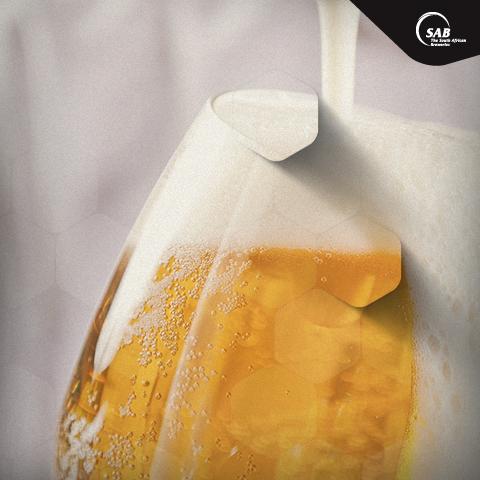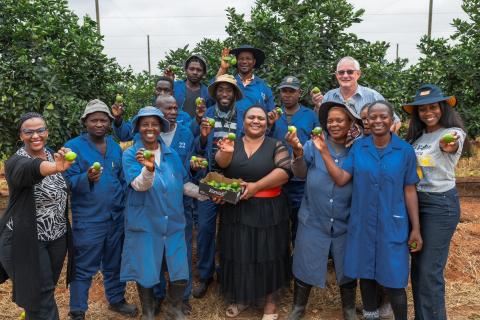
Craft Beer Appreciation
Home brewing and craft beer have become buzzwords in social circles of late. The centuries old appreciation of South African beer has evolved with these changes and now speaks to the number of men and women crafting their own flavours, aromas and blends with the natural ingredients at their disposal.
With all the furore surrounding craft beer brewing, we thought we’d take a step back and document a little detail about the types of beer that are available to consumers and beer lovers.
Types Of Beer
Generally speaking, you can break beers down into two categories – ales and lagers – and then further down within each category. You also get a range of hybrid beers, which are a mix between ales and lagers. Here’s a little more detail on the two main categories of beer.
Ales
Ales account for a vast majority of craft beers and there are loads of different types of ales within this category. From English ales, to Belgian ales, American ales, pale ales to brown ales, stouts, porters and hefeweizens; the list goes on. The main distinguishing characteristic of an ale starts with the yeast and the fermentation process. It needs to be fermented in a much warmer environment, generally ferments much quicker than lagers do and most often makes use of top fermenting yeast – where the yeast ferments on the top of the ale, producing a fruitier flavoured beer.
Lagers
Lagers are brewed using a bottom fermenting yeast that takes a lot longer to ferment than is the case with ales and also requires cooler temperatures. The process of brewing a lager can be referred to as “lagering” and it produces beers with less of a fruity flavour and a smoother, malty taste on the palate. Breaking the category of lagers down a little further, we find pilsners, bock and dark lagers, to name a few. Pilsners are by far the most popular lagers available.
Basics Of Craft Beer Brewing
The four primary ingredients of any beer – be it lager or ale – are barley, hops, yeast and water. Finding the best combination of these four ingredients is the key to defining your unique taste as a craft beer brewer. It also makes for some interesting experimentation! Every step in the process can offer a different flavour, down to the quantities used, length of time boiled and the manner in which it is stored or bottled.
Craft beer brewers are constantly searching for their signature flavour, through modification, testing and simple trial and error. Changing quantities of ingredients is the first space they’ll investigate, since each ingredient brings something unique to the barrel. The barley creates sweetness to the beer, hops brings in the bitterness, while the yeast creates the bready, malty tones. Bottling will also adjust the flavour, as will the length of time kept in storage, storage conditions and temperatures. As with the wine making process, beers also need some time to age. If stored correctly, the flavour and end product produced can benefit enormously from extended cellaring or aging. This generally applies more to lagers that take longer from fermentation to bottling.



